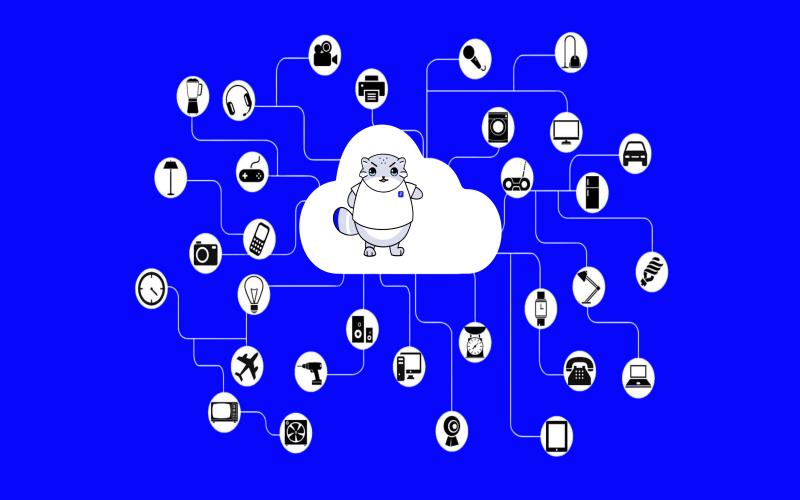Analytics helps move IoT deployments beyond basic connectivity to drive smarter decisions, improved efficiency, reduced costs and new data-enhanced products and services. Descriptive, diagnostic and predictive analytics techniques unlock essential patterns and trends that would otherwise remain hidden in the data. This allows organizations to optimize operations, enhance performance, predict issues proactively, minimize downtimes and deliver more value to customers. Ultimately, a strong analytics foundation elevates IoT systems from reactive to prescriptive by enabling data-informed business decision making across functions. Investing in scalable analytics and the right talent to interpret IoT data can thus create a significant competitive advantage for businesses today.
Capturing and Storing IoT Data
The data generally includes telemetry from IoT devices sensor, equipment logs, performance indicators, fault readings and more. Storing this high velocity data requires scalable databases like NoSQL databases or time-series databases that can handle the volume and speed. Cloud platforms provide almost unlimited storage with the ability to handle streaming IoT data.
IoT Data Pre-processing
Raw IoT data cannot typically be used to derive insights directly. The data needs pre-processing and cleansing to prepare it for analytics. Pre-processing tasks include:
Data Cleaning: Handle missing values, noise reduction, outlier detection
Data Transformation: Data normalization, aggregation, integration from disparate sources
Data Compression & Reduction: Reduce storage requirements while retaining essential information
These tasks make the data uniform so that it becomes easier to apply analytics at scale. Edge analytics can be applied to filter and process data close to IoT devices before further analysis.
Analytics for Actionable Insights
By integrating remote monitoring capabilities into IoT data analytics, organizations can effectively extract actionable insights and derive maximum value from their data streams. Processed IoT data can then be analyzed to gain actionable insights. Some key analytics approaches include:
Descriptive Analytics: Identifies patterns to understand device behavior, utilization and system performance. Uses data aggregation and mining techniques to derive basic descriptive stats and summaries.
Diagnostic Analytics: Applies various statistical, clustering and classification algorithms to detect anomalies in data that can point to underlying issues. Helps identify faults or errors.
Predictive Analytics: Forecasts expected readings, failure events, exceptions etc. based on historical data using ML algorithms like linear regression, neural networks etc. Helps optimize maintenance.
Prescriptive Analytics: Suggests possible actions/decisions to take advantage of sensor data. Uses optimization algorithms, simulation models and decision trees/rules to propose automated smart actions.
These analytics provide functional, operational and business insights from IoT data helping enterprises make smarter real-time decisions.
Visualization and Business Intelligence
Most analytics techniques generate statistical query results. These need intuitive visualization using BI tools to translate into readable charts, graphs and executive reports. Data scientists use Jupyter notebooks to create visual dashboards that business teams can understand and act upon. These help drive cheaper operations, new revenue opportunities, improved products/services and lower risks.
IoT Data and Domain Expertise
Deep domain knowledge is essential to decide appropriate analytics approaches for a given IoT use case in sectors like manufacturing, transportation, energy etc. Experts determine the right data models, relationships, algorithms and parameters. Combining OT/IT expertise with data science delivers the best ROI from IoT analytics.
Conclusion
IoT analytics unlocks immense potential value from IoT device data that otherwise remains untapped. By collecting, storing, processing and analyzing massive volumes of streaming sensor data, enterprises can drive digital transformation through better operational efficiency, lower costs, improved productivity, new data-based services and overall smarter decision making across the business. Expert data scientists who understand key business drivers are crucial to deliver these analytical insights tailored to various industry domains.
The key is to go beyond just connectivity and infrastructure by investing in scalable analytics platforms for both real-time and long term data analysis. This allows businesses to pivot from reactive to proactive data-driven decisions across operational areas. Applying the right analytics techniques converts raw IoT data into meaningful insights that create competitive advantage for business growth.





